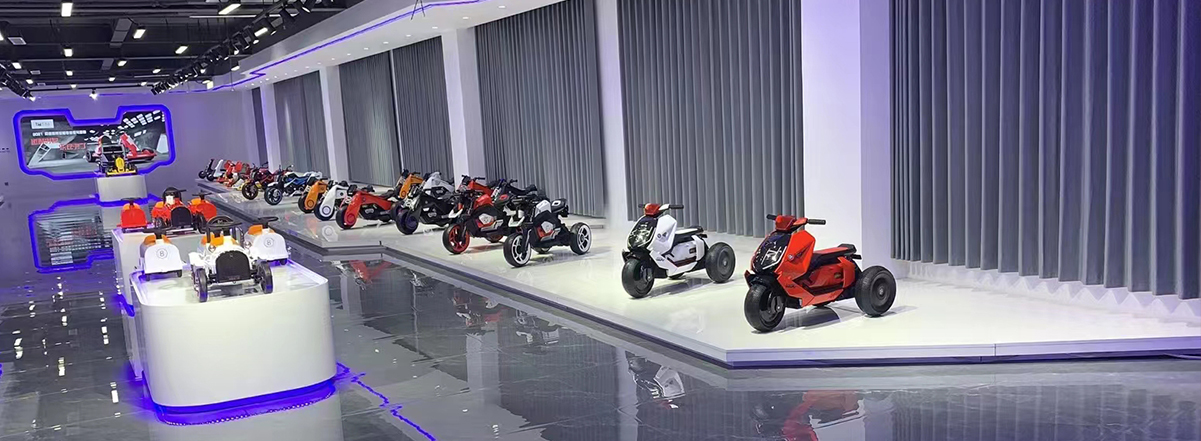Self-Balancing Scooters Revolutionizing Personal Transport for Fun and Convenience
The Rise of Self-Balancing Scooters Revolutionizing Urban Mobility
In recent years, urban mobility has witnessed a significant transformation, driven largely by technological advancements and a growing emphasis on sustainability. Among the most intriguing innovations in this space is the self-balancing scooter, commonly known as the hoverboard. These compact, electric personal transporters have surged in popularity, becoming a symbol of modern transportation not just for children, but for adults as well. Their unique design and functionality make them not only a convenient mode of transport but also an enjoyable recreational device.
What is a Self-Balancing Scooter?
A self-balancing scooter is an electric, two-wheeled device featuring a platform for riders to stand on. It operates using a system of gyroscopic sensors to maintain balance, allowing users to navigate by shifting their body weight. When a rider leans forward, the scooter moves forward; leaning back slows it down or reverses its direction. This intuitive control mechanism allows for seamless maneuvering, making it accessible even to those who are new to riding.
Popularity and Cultural Impact
Since their introduction to the market in the early 2010s, hoverboards have experienced fluctuating trends in popularity. Initially, these devices were considered a toy, primarily appealing to younger demographics. However, as technology improved and prices decreased, hoverboards found a broader audience among adults looking for efficient urban commuting options. They are particularly appealing in congested city environments, where traditional vehicles might struggle.
Furthermore, hoverboards have made their mark in popular culture, often featured in movies, television shows, and social media platforms. Influencers showcasing their hoverboard skills on Instagram or TikTok have further solidified this device's status as a trendy gadget.
Environmental Considerations
Another significant factor contributing to the rise of self-balancing scooters is the increasing global awareness of environmental issues. With the push for reduced carbon emissions and sustainable transportation modalities, hoverboards present an eco-friendly alternative to gas-powered vehicles. They emit no emissions during operation, and their electric motors are much more efficient than traditional combustion engines.
self-balancing scooter hoverboard

As cities grapple with air quality concerns and the need for sustainable public transport solutions, self-balancing scooters offer a viable and attractive option. Furthermore, they can easily complement public transportation systems, providing last-mile connectivity that helps users bridge the gap between transit stations and their final destinations.
Safety and Regulations
Despite their rising popularity, safety remains a significant concern with hoverboards. Incidents of injuries, particularly among inexperienced riders, raised alarms regarding the lack of safety standards. In response, various governments and regulatory bodies have started to impose regulations governing the use of self-balancing scooters. These may include minimum age requirements, the mandate to wear helmets, and restrictions on riding in certain areas such as sidewalks or busy streets.
Manufacturers are also taking safety into account, with many models now featuring improved stability controls, higher-quality batteries, and enhanced braking systems. Education on safe riding practices is essential for new users, encompassing aspects like understanding local traffic laws and avoiding risky maneuvers.
The Future of Self-Balancing Scooters
As we move further into the digital age, the future of self-balancing scooters looks promising. With continuous advancements in battery technology, we can expect to see hoverboards with longer ranges, faster speeds, and quicker charging times. The integration of smart technologies, such as GPS tracking and smartphone connectivity, can further enhance the user experience.
Moreover, as communities around the world prioritize the development of smart cities, self-balancing scooters are likely to play an important role in a larger eco-friendly transportation ecosystem. Flexible drop-off and pick-up points, coupled with better infrastructure for non-motorized vehicles, can facilitate the integration of these scooters into daily commuting habits.
In conclusion, self-balancing scooters stand at the forefront of a new trend in urban mobility. Their unique blend of fun, functionality, and environmental friendliness positions them as a compelling alternative to traditional forms of transport. As technology evolves and city planning adapts to include these trendy devices, hoverboards are set to become a permanent fixture on the streets, redefining how we think about personal transport in urban settings.
-
Understanding Voltage in Battery for Children's Motorized CarNewsJun.05,2025
-
Safety Features to Look for in an Electric Car for KidsNewsJun.05,2025
-
How to Teach Your Child to Ride a Kids MotorcycleNewsJun.05,2025
-
How to Prevent Falls on a Balanced ScooterNewsJun.05,2025
-
How to Maintain Your 3 Wheeled Scooter for LongevityNewsJun.05,2025
-
Best Motorcycle Scooters for Urban CommutingNewsJun.05,2025
